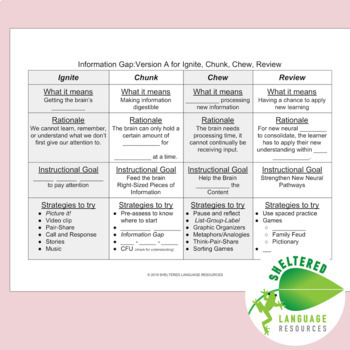
In other words, Gay encourages teachers to consider whether their learning materials, instructional strategies, and classroom environment truly represent the various cultures in their classroom. She found that students from historically marginalized cultures performed better academically when teachers made an effort to frame instruction “within the lived experiences and frames of reference for students.” Geneva Gay first used the term in 2000 in her book, Culturally Responsive Teaching: Theory, Research, & Practice. For culturally responsive teachers, that means weaving their students’ various experiences, customs, communication styles, and perspectives throughout the learning process. What is culturally responsive teaching?Ĭulturally responsive teaching is based on the understanding that we learn best when we can connect with the material. Stepping outside our own culture can feel uncomfortable, especially if we feel that other cultures view our own as somehow “less.” While it’s good to learn about different cultures, it’s important that we feel our own is respected. Culture is about what’s passed down from one generation to the next, creating a unique identity for a group of people.Ĭultural beliefs and practices are something many of us don’t even think much about, until we come into contact with those whose culture is different from our own.

Most people have have multicultural backgrounds. For instance, two people who speak Spanish as their native language can have very different cultures, depending on where they come from and how they were raised. Bear in mind that culture is not necessarily based on race, ethnicity, or nationality. When you think of culture, you probably picture the way a group of people who share a common background dress, talk, cook, dance, make art and music, practice religion and ritual, and so on.īeyond those aspects, culture is the deeply embedded shared connections and beliefs of a group of people. What is culture?įirst, take a step back and consider what “culture” means. Start your journey with this overview of the basics, then use our list of recommended resources to deepen your understanding and start using culturally responsive teaching strategies in your own classroom. Culturally responsive teaching is a hot topic these days, and one that’s full of complexities and nuance.


 0 kommentar(er)
0 kommentar(er)
